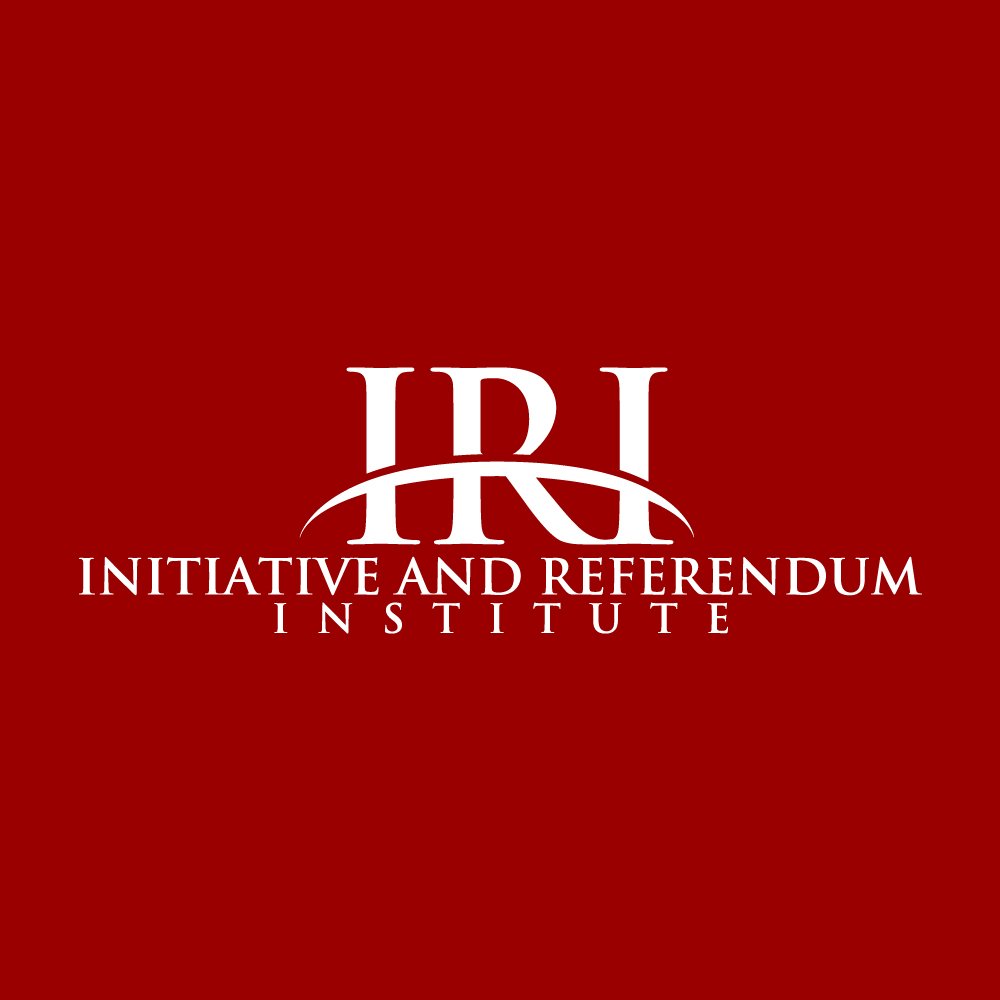Illinois
The fight for I&R in Illinois began in 1897, when 250 delegates met in Chicago to form the Direct Legislation Union. Encouraged by this organization, the state Democratic Party endorsed I&R, and governor John Peter Altgeld endorsed it in a Labor Day speech in 1899.
The state legislature, seeking to defuse the I&R agitation without giving voters any real lawmaking power, passed a "Public Opinion Law" in 1901 which allowed citizens to petition to put non-binding advisory questions on state or city ballots. It restricted this initiative power further by setting the signature requirement at 10 percent of registered voters for statewide measures, and a nearly impossible 25 percent for local measures.
The initiative advocates reorganized as the Referendum League of Illinois and elected Dr. Maurice F. Doty of Chicago as their leader. The League employed the advisory petition as a means for citizens to demand real I&R lawmaking rights. The first two advisory initiatives on the state ballot called for state and local I&R. Both propositions received 83 percent of the vote - a landslide - on November 4, 1902.
In 1904 the League sponsored a statewide advisory initiative calling for primary elections to replace nominating conventions, which passed by a large majority. The League put more advisory initiatives on the state ballot in the following years: a measure calling for the enactment of a law to restrict corrupt political practices was passed in 1910 by a margin of 422,000 to 122,000, and a measure to shorten the long, complicated election ballots was also approved. However, the legislature did not respond to the people's wishes except to their demand for primary elections.
The League put a measure calling for I&R on the ballot a second time in 1910. Leaders in this campaign included Harold L. Ickes, who later became secretary of the interior under Franklin D. Roosevelt, and suffragist Dr. Anna E. Blount. Illinois voters again demanded I&R, this time by a resounding 78 percent, but the legislature again ignored the people's wishes.
In the four decades following World War II, only one advisory initiative qualified for the state ballot: a measure calling for tax reduction, sponsored by Governor James R. Thompson in 1978. Thompson, running for re-election, was attempting to capitalize on the nationwide popularity of California's tax-cutting Proposition 13, which passed in June of that year. Illinois voters approved the measure and re-elected Thompson, but no tax cuts resulted.
At the local level, the earliest major I&R battle in Illinois began in 1901 between Progressives and the "traction trust," as the price-gouging, politician-bribing streetcar companies were known. In his book Altgeld's America, Ray Ginger gives a detailed account of this convoluted campaign. Between 1902 and 1907, Chicagoans voted on five separate ballot measures calling for city takeover of the streetcar lines. The voters consistently endorsed municipal ownership, but were ultimately forced to settle for a compromise that delayed this goal for 20 years and set up a system of city regulation in the interim.
At the state constitutional convention in 1920, Progressives waged an unsuccessful battle for the passage of a statewide I&R amendment. Since then, little was done to promote the initiative process until the campaigns by the Coalition for Political Honesty in the 1970s and 1980s.
In 1980, the first and only "binding" initiative appeared on Illinois's ballot. The initiative reduced the size of the state legislature from 177 members to 118 members. It passed overwhelmingly.
Due to the fact that the Illinois initiative process is so limited and so difficult, many initiative scholars don't even count it as an initiative state.
This state history is based on research found in David Schmidt's book, Citizen Lawmakers: The Ballot Initiative Revolution.
